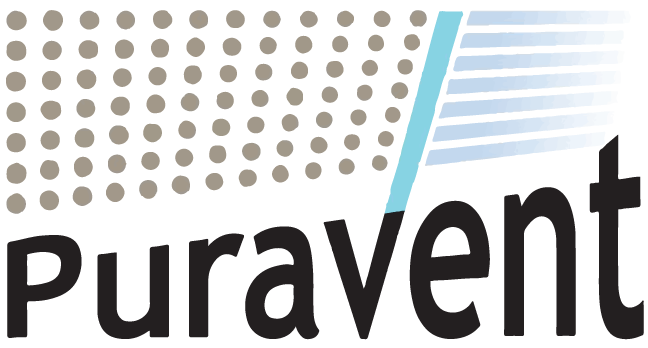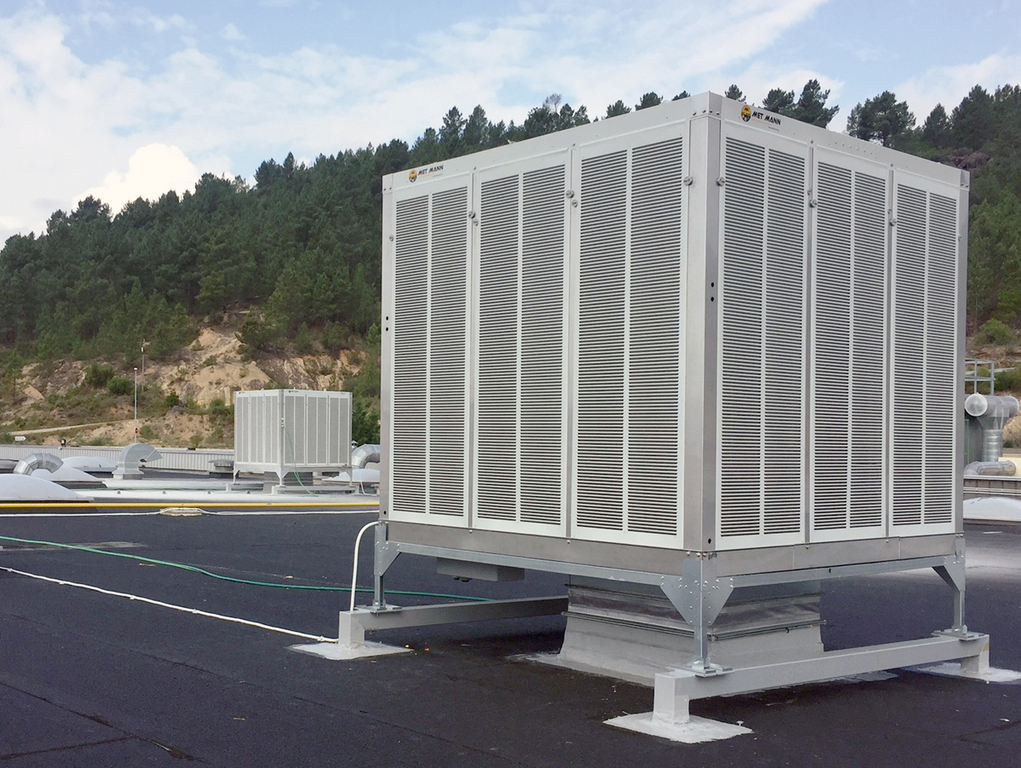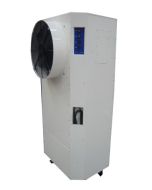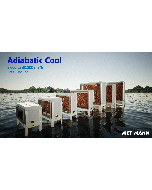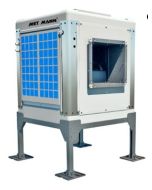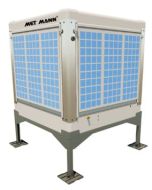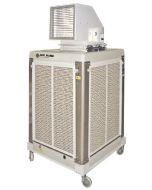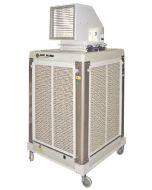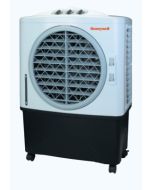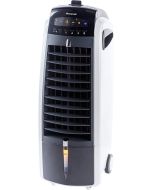How Much Evaporative Cooling?
Evaporative cooling flowrate, i.e. the airflow, required for effective evaporative cooling is specified according the building type and its volume in m3. When sizing a system we do not always take the complete building volume but do take the effective cooled volume which would for example exclude the air space above the ducts if the ducted cool air is to be introduced at a high level and directed down. Different types of building use demand different amounts of cooling. The following table is a guide which expresses the quantity range of air changes in differnt application types;
Building usage | Air changes base on cooling using 50mm panels | Air changes base on cooling using 100mm panels |
Textile industries | 25-29 | 22-26 |
Rag workshops | 22-25 | 20-22 |
Machine rooms | 18-22 | 16-20 |
Manufacturing trade | 18-22 | 16-20 |
Foundries | 25-30 | 22-27 |
Painting workshops | 25-30 | 22-27 |
Plastic manufactures | 30-35 | 27-31 |
Bakeries | 20-25 | 18-22 |
Restaurants | 18-22 | 16-20 |
Cafes and bars | 18-22 | 16-20 |
Canteens | 18-22 | 16-20 |
Entertainment Halls | 25-29 | 22-26 |
Wine cellars | 30-40 | 27-36 |
Discotheques and pubs | 25-29 | 22-26 |
Cinemas and theatres | 14-18 | 13-16 |
Multiply the effective cooled volume by the air change rate to get the total airflow in m3/hr. This is the airflow that the evaporative cooler needs to achieve. If you have a large or complex building it may make sense to break down the volume into zones or sections. Each zone or section might have particular features which will influence the choice of air change rate, such as activity type or anticipated supply ducting height.
It is at this point in specifying your evaporative cooler, that you may want to give us a call so that we can help you fine tune the selection of unit(s). Once we have decided which units to use we can calculate the anticipated performance of the evaporative coolers in your application.
